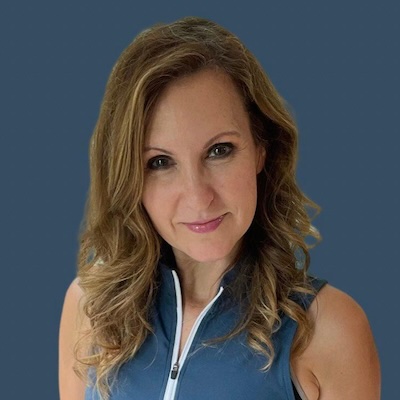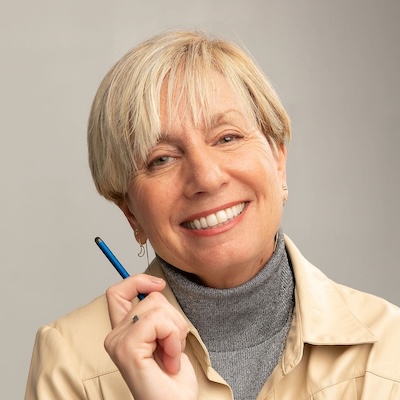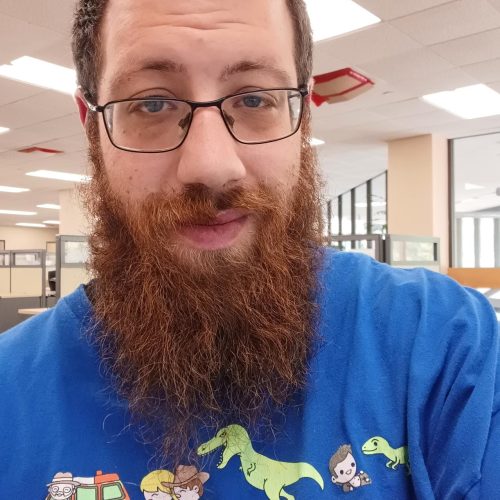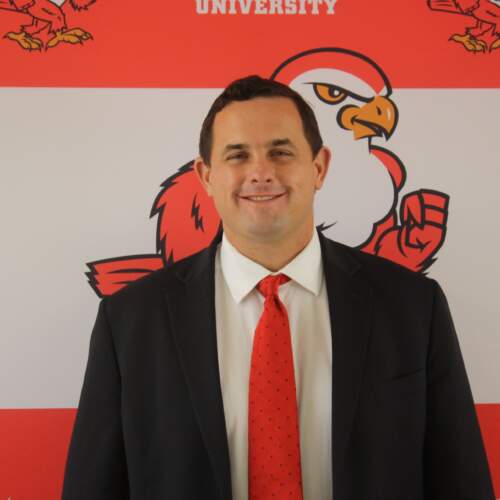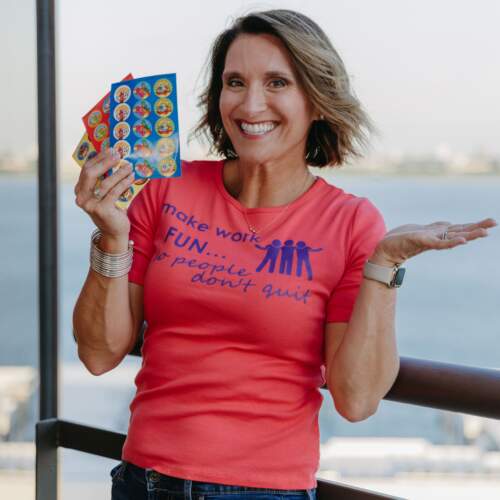Back Issues After 40: The Hidden Threat of Scoliosis
Intro
As we age, our bodies go through various changes, and one common issue that can arise is back problems. Scoliosis after 40 is a hidden threat that many older adults may not be aware of. In this blog post, we will explore what scoliosis is, why older adults are increasingly getting it, the connection between weight and scoliosis, simple steps to prevent it, when to see a doctor, and some final thoughts on the matter.
What Is Scoliosis?
Imagine looking at yourself in the mirror and noticing that your spine isn’t straight but curves like an “S” or a “C.” That’s what scoliosis is – it’s when your spine twists or curves to the side instead of going straight down your back. Though it’s something we often hear about happening to kids and teenagers, it doesn’t only stick to the young crowd. Adults over 40 can find themselves dealing with it too.
When we talk about scoliosis popping up later in life, we’re not always talking about a brand-new issue. Sometimes, it’s a problem from when someone was younger that gets worse, or it could even be something that starts fresh due to Aging and other changes in the body. Imagine your spine as part of a building structure. Over time, parts of that structure, like the bones in your spine, might wear down or not hold up as well, leading to that curvy, twisty change that signifies scoliosis.
The curve might not seem like a big deal at first, but it’s not just about looks. This curve can lead to feeling sore, having a tough time moving around comfortably, and even making it hard to catch your breath if the curve presses on your lungs. Just like a leaning tower can put Stress on its foundation, a curved spine can put a strain on your body that you’d rather not deal with.
So, even though it might sound a bit scary or weird, scoliosis after 40 is something to keep an eye out for. It shows that our bodies are constantly changing, and staying aware of these changes is key to keeping ourselves feeling good.
Why Are Older Adults Getting Scoliosis?
Think of your body like a car. As it gets older, parts start to wear out and don’t work as well as they used to. The same thing happens to our bodies, especially our spines. Older adults getting scoliosis is kind of like an older car starting to have engine troubles – it’s a part of the wear and tear process.
Our spines are made up of small bones called vertebrae, and between these bones are discs that act like cushions. When we’re young, these cushions are thick and spongy, helping our spine move smoothly. But as we age, these discs can start to wear down and aren’t as cushiony. This can cause the vertebrae to rub against each other and sometimes, they start to curve in ways they shouldn’t – leading to scoliosis.
Another reason older adults might develop scoliosis is due to changes in their muscles. Muscles help hold our spine straight. But as we get older, we might lose some muscle strength and flexibility. This means our muscles aren’t as good at keeping our spine in the straight line it should be, which can contribute to developing a curve.
Also, let’s not forget, sometimes older adults had a tiny curve in their spine when they were younger that wasn’t noticeable or a problem then. But as they get older and their body changes, this small curve can get worse and become more obvious. That’s why even if someone didn’t have scoliosis as a kid, they might notice it for the first time when they’re over 40.
The Connection Between Weight and Scoliosis
Imagine your spine having to carry a heavy backpack all day, every day. If the backpack is too heavy, it might make you lean to one side or the other, right? That’s sort of what happens with your spine when we carry extra body weight. It’s under more pressure than it’s designed to handle comfortably, and this can lead to or worsen scoliosis, especially as we get older.
When we talk about older adults and scoliosis, it’s important to consider how our weight plays a role. Carrying extra pounds puts additional stress on the spine. Think of your spine like the main support beam of a building. If you start stacking more weight on one side of the building, the structure will start to lean and possibly curve. That’s similar to what happens with scoliosis when there’s too much weight for the spine to support.
To help prevent scoliosis or stop it from getting worse, focusing on maintaining a healthy weight is key. It’s like lightening the load in that heavy backpack so you can stand straighter and more comfortably. This isn’t just about looking good; it’s about reducing the strain on your spine to keep it as straight and strong as possible.
Being mindful of our weight as we age can be a powerful step in caring for our spines. It’s one part of a larger picture of staying active, eating well, and taking care of our bodies to help ward off back issues like scoliosis after 40.
Simple Steps to Prevent Scoliosis After 40
Keeping your back strong and straight might seem like a challenge, especially as we get older. But there are some easy steps you can take to help prevent scoliosis and keep your spine happy. First off, getting your body moving with regular Exercise is key. Focus on activities that make your core muscles – that’s the muscles around your belly and back – stronger. These muscles are super important because they help hold your spine in the right position.
Next, think about how you’re standing or sitting throughout the day. Standing tall and sitting straight might feel a bit odd at first, but it’s really good for your spine. It’s like you’re training your body to keep your spine in line, which can help stop it from curving the wrong way.
Don’t forget, staying active doesn’t just mean hitting the gym. You can walk, swim, or even dance – anything that keeps you moving is great. Eating right is another big part of keeping your back in good shape. Foods that are full of nutrients give your body the energy it needs to take care of your spine.
Lastly, smoking is a big no-no if you’re trying to protect your spine. It’s bad for your bones and can make it harder for your body to keep your spine straight. So, grabbing a pair of sneakers and a healthy snack instead of a cigarette might be a good swap.
By sticking to these simple steps, you’re not just helping prevent scoliosis – you’re taking care of your overall health too.
When to See a Doctor
Spotting weird changes in your back or feeling pain that won’t go away? It’s time to chat with a doctor. You might not think much of a little backache or a slight change in how you stand, but these could be whispers of something like scoliosis starting to sneak up on you. When things seem off, getting a professional to take a look is the smart move. Doctors have ways to check out what’s going on with your spine, using special tests that can see inside your back. They’re the experts at figuring out if you have scoliosis and knowing what to do next to help you out. Catching it early can make a big difference, making sure you get the right help before it gets trickier to handle. So, don’t wait around if your back’s giving you a hard time or something looks off. Making that appointment could be a game-changer in keeping your back on the straight and narrow.
Final Thoughts
Discovering that scoliosis can sneak up on adults over 40 might be a bit of a surprise. But it doesn’t mean you have to just wait for it to happen. Knowing what can lead to scoliosis, like changes in our muscles and the pressure of extra weight on our spines, gives us the power to do something about it. Making smart choices now, like eating healthy, staying active, and quitting bad habits like smoking, can really help in keeping our backs in good shape.If your back starts to give you trouble or things just don’t look right, don’t ignore it. Seeing a doctor sooner rather than later can catch any problems early on, making them easier to deal with. It’s kind of like fixing a small leak before it turns into a flood – way less hassle in the long run.Keeping your back healthy isn’t just about avoiding scoliosis. It’s about making sure you can keep living your life to the fullest, without being held back by back pain or other issues. So, treat your spine like a best friend – take good care of it, and it’ll do the same for you. Remember, you’ve got the power to make positive changes for your back’s health now and for the years ahead.

